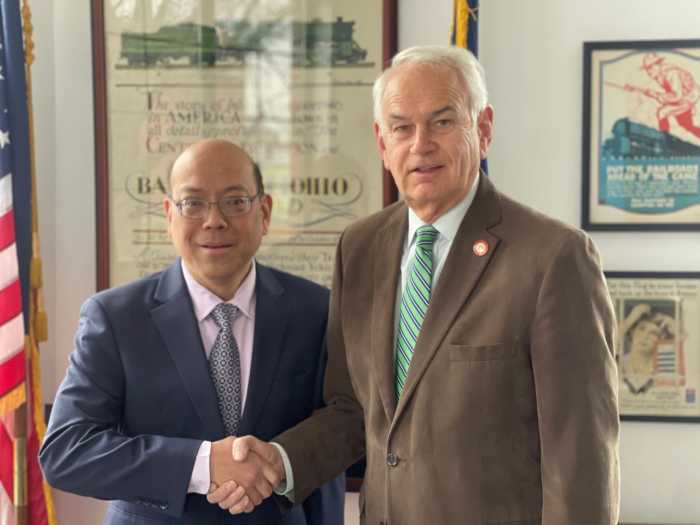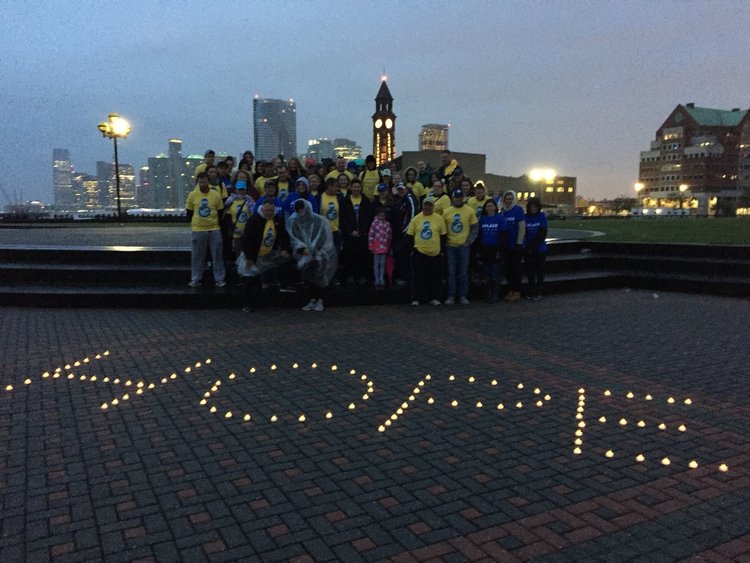By Chris Fuchs
The city looks at Willets Point and envisions an office building, a convention center, maybe even a stadium. The state, however, sees it as an immediate solution to its garbage debacle — a place to temporarily stash 1,000 tons of refuse each day once the city’s last remaining landfill is closed in December.
These dissimilar views of Willets Point, a 55-acre encampment of auto salvage yards across the street from Shea Stadium, have touched off a race of sorts between the state and the city, with each trying to gain the upper hand. In the view of the Queens borough president, for one, a 1.7-acre waste transfer station could not co-inhabit the same space as a waste-transfer station.
“We are looking to do an urban renewal plan for this area and get some revenue by enhancing its uses,” said Dan Andrews, spokesman for Borough President Claire Shulman.
If this were indeed a race, the state would be out in front. In 1996, Mayor Rudolph Giuliani and Gov. George Pataki jointly agreed to close down the city’s only remaining landfill, Fresh Kills in Staten Island, by the end of this year. During the last five years, the city has gradually been reducing the more than 11,000 tons of garbage sent to Fresh Kills each day, with more than 3,280 tons of it generated by Queens.
Under the plan, which went into effect in 1997, sanitation trucks collect refuse daily and then transport it to transfer stations throughout the city for temporary storage. Later, it is hauled out by train or by barge and brought to out-of-state landfills in Connecticut, Ohio, Pennsylvania, South Carolina and Virginia.
Queens has been the last borough to be phased into this plan. To that end, the state approved the construction of two waste transfer stations last year: one in Long Island City and the other in Willets Point.
The application for the Willets Point transfer station was granted in September to Tully Environmental, at 127th Place and Willets Point Boulevard, by the state Department of Environmental Conservation. The reason, according to the department, was that the transfer station would fit squarely into the Willets Point industrial scene.
But then, in January, the mayor took Queens by surprise when he said Willets Point should be condemned.
The brief, casual mention of condemnation was buried in the mayor’s State of the City address. Weeks later, though, Shulman filed papers to have Willets Point — a triangular tract of land bounded by Northern Boulevard, Roosevelt Avenue and 126th Street — declared an urban renewal area, a process that takes 180 days from the filing date to complete. This, in turn, would empower the city to redraft the current zoning, which is heavy-industrial commercial, to accommodate a convention center, a stadium or an office building.
It would also force the myriad auto salvage yards that have defined the landscape of the area to find somewhere else to set up shop. The heavy-industry zoning, though, is necessary for the transfer station.
“There are a lot of similar businesses out there right now,” said Mary Ellen Kris, the regional director of the state Department of Environmental Conservation. “There are a lot of auto wreckers and metal recyclers.”
Community alarm seems to be growing exponentially with the April 1 completion date of the transfer station fast approaching. The type of waste that the station will store, for instance, has become a bone of contention. Originally, it was approved to collect 1,000 tons of refuse each day: 500 tons of household garbage and 500 tons of construction debris and garbage from the city’s parks.
But at a meeting last Thursday attended by business leaders, environmental activists and residents in Flushing, many from the Asian-American community, Shulman said she would implore the state to exclude household garbage from the contract. The borough president also said she would challenge a study completed on June 26 that concluded the transfer station would not endanger the surrounding environment, sources at the meeting said.
The sources said Shulman told them that she would speed up the urban renewal area request to try to preempt the construction of the waste station.
Reach reporter Chris Fuchs by e-mail at Timesledgr@aol.com or call 229-0300, Ext. 156.
































